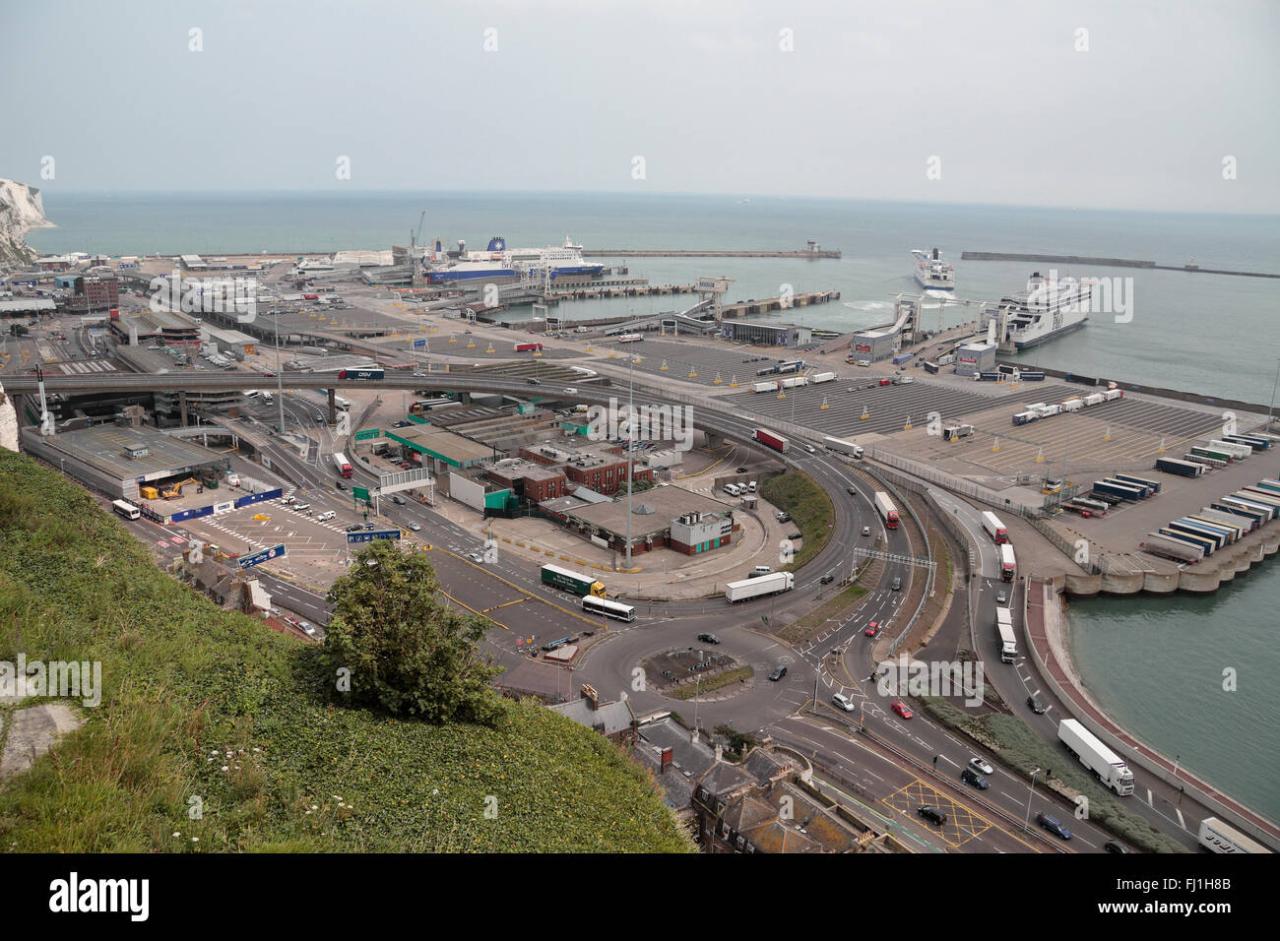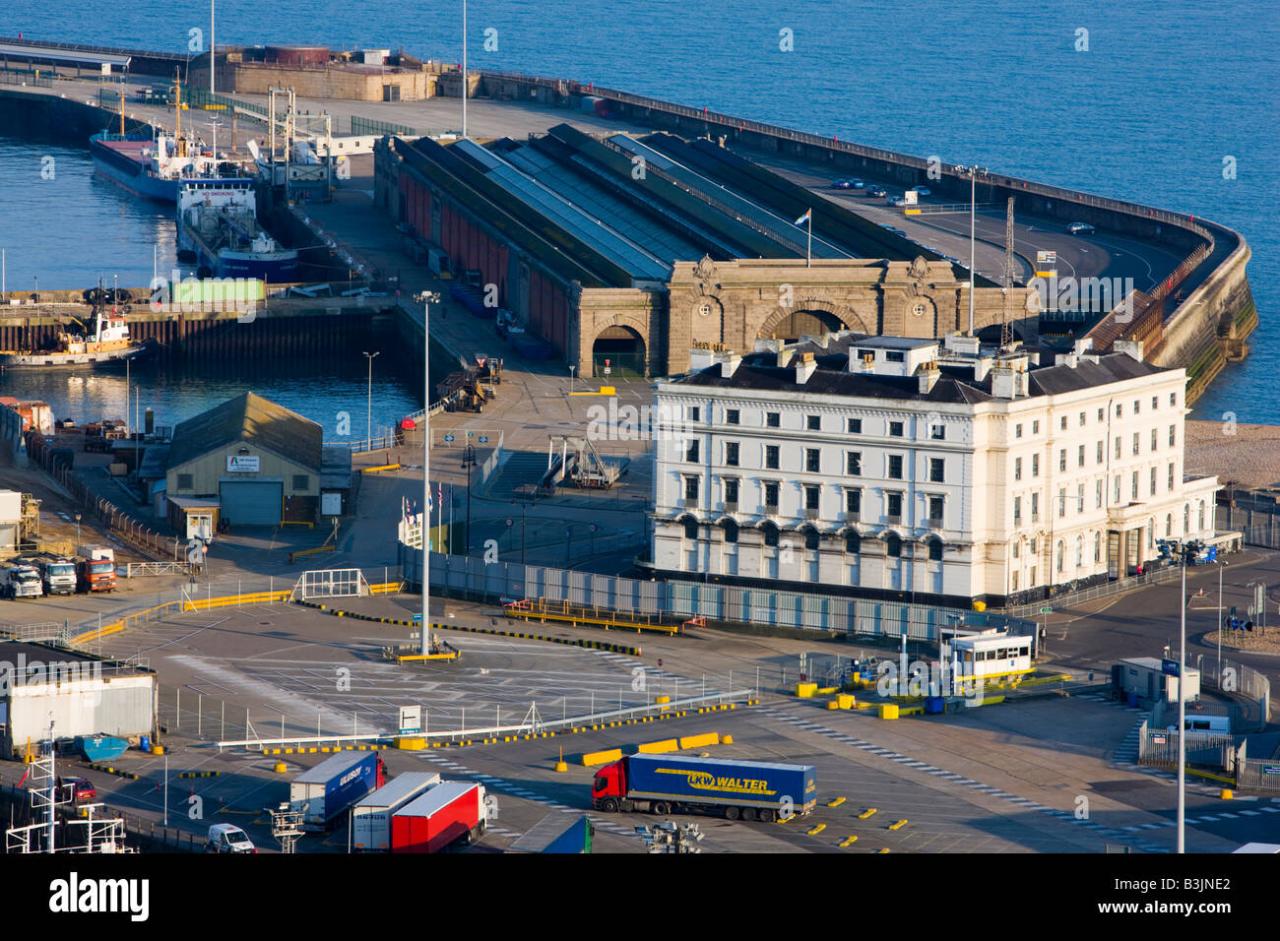Port Dover camera systems encompass a diverse range of surveillance technologies deployed throughout the town. These cameras serve various purposes, from enhancing public safety and monitoring traffic flow to supporting tourism and wildlife observation. Understanding their locations, functionalities, and legal implications is crucial for both residents and visitors alike. This exploration delves into the technical aspects, ethical considerations, and potential future advancements of this vital infrastructure.
The study will analyze the different types of cameras used, their technical specifications, and their impact on both the safety and tourism aspects of Port Dover. We will also examine the legal and ethical considerations surrounding the use of surveillance cameras in public spaces, and discuss the potential benefits and drawbacks of increased camera surveillance.
Port Dover Camera Usage and Functionality

Cameras in Port Dover serve a multifaceted role, primarily focused on enhancing public safety and security, supporting law enforcement, and contributing to the overall monitoring and management of the town’s infrastructure and activities. These systems play a vital part in deterring crime, assisting in investigations, and providing a record of events for review. They also help monitor traffic flow, identify potential hazards, and contribute to the overall safety and well-being of residents and visitors.The technical specifications of Port Dover’s camera systems vary depending on their location and intended purpose.
However, a typical system might incorporate high-definition cameras capable of 1080p or even 4K resolution, offering clear and detailed imagery. Many systems include infrared night vision capabilities, ensuring effective surveillance even in low-light conditions. Features such as motion detection, digital zoom, and remote access are also commonly integrated to enhance their operational efficiency and effectiveness. Data storage is typically managed through a networked video recorder (NVR) system, allowing for centralized management and retrieval of recorded footage.
Camera Types and Functionality in Port Dover
Different camera types are deployed throughout Port Dover, each chosen based on specific needs. Fixed dome cameras are commonly used in areas requiring continuous monitoring of a wide area, such as intersections or public spaces. These cameras offer a wide field of view and are relatively unobtrusive. Pan-tilt-zoom (PTZ) cameras, offering remote control over the camera’s direction and zoom, are strategically positioned to allow operators to dynamically monitor and adjust the view as needed, often in areas requiring more focused surveillance.
The Port Dover camera network, while impressive, faces challenges in covering such a vast area. Understanding effective surveillance strategies is key, and the recent advancements detailed in this article on drones over new Jersey solved offer valuable insights. This could inform the development of a more comprehensive system for Port Dover, potentially integrating drone technology for broader coverage and improved response times.
These are particularly useful in situations where a wider area needs to be monitored and specific events or areas require close observation. Body-worn cameras, used by law enforcement personnel, provide a first-person perspective and create a record of interactions, contributing to accountability and transparency. The functionality of each camera type contributes to a comprehensive surveillance system tailored to the specific security and monitoring requirements of different locations within Port Dover.
Legal and Ethical Considerations of Port Dover Cameras

The deployment of security cameras in Port Dover, like any public space, necessitates careful consideration of legal and ethical implications. Balancing the need for security and public safety with the fundamental right to privacy is crucial. This section will Artikel the legal framework governing camera usage and explore the ethical dilemmas involved in surveillance.
Legal Implications of Public Space Camera Usage in Port Dover
Ontario’s privacy laws, particularly the Personal Information Protection Act (PIPA), govern the collection, use, and disclosure of personal information. While PIPA doesn’t explicitly address surveillance cameras, it requires organizations to obtain consent for the collection of personal information, unless an exception applies. For public spaces, the exceptions related to security and public safety may apply, but this doesn’t negate the need for transparency and responsible data handling.
The Municipal Act, 2001, also provides municipalities with powers to install and operate security cameras for public safety purposes, but these powers must be exercised in accordance with the law, including respecting privacy rights. Any Port Dover camera system must be implemented in a manner that complies with these provincial and municipal regulations. For example, clear signage indicating the presence of cameras is generally considered a best practice, and the retention of recorded footage should be governed by a clearly defined policy.
Ethical Considerations Related to Privacy and Surveillance
The use of cameras in public spaces raises significant ethical concerns regarding privacy and surveillance. The constant recording of individuals’ movements and activities can create a chilling effect, potentially discouraging free expression and assembly. Even if the cameras are solely intended for security purposes, the potential for misuse or unauthorized access to recorded footage presents a substantial risk.
The ethical responsibility lies in ensuring that the benefits of enhanced security outweigh the potential infringement on individual privacy. A transparent and accountable system is essential, with clear guidelines on data retention, access, and usage. For instance, ethical considerations demand a robust system for managing and deleting data, minimizing the risk of unwarranted surveillance. Furthermore, a clear process for addressing complaints and requests for footage access should be in place.
Hypothetical Privacy Policy for Camera Usage in Port Dover
This hypothetical privacy policy Artikels the principles governing the use of security cameras within Port Dover.
This policy aims to balance the need for public safety with the protection of individual privacy rights.
The policy would detail:* Purpose of Camera Usage: Specifically outlining the reasons for camera deployment, such as crime prevention and public safety.
Camera Locations
Clearly identifying all camera locations within Port Dover.
Data Retention Policy
Specifying the duration for which recorded footage will be stored, with provisions for secure deletion after the specified period.
Access to Footage
Defining who has access to recorded footage and under what circumstances. This includes clear protocols for law enforcement access.
Notification and Signage
Mandating clear and prominent signage indicating the presence of surveillance cameras.
The Port Dover camera network, while primarily focused on local traffic and community events, occasionally captures unexpected occurrences. For instance, the recent news about a drone shot down in NJ highlights the increasing need for robust surveillance systems, making the Port Dover system’s capabilities all the more relevant in monitoring our skies and ensuring public safety.
This underscores the importance of continuous upgrades to the Port Dover camera infrastructure.
Data Security
Outlining measures to protect recorded footage from unauthorized access and breaches.
Complaint Procedure
Establishing a mechanism for individuals to lodge complaints or request access to footage related to themselves.This hypothetical policy serves as a template, and its specific details would need to be adapted to the unique circumstances and legal requirements of Port Dover. It’s important to emphasize that such a policy should be developed in consultation with legal experts and community stakeholders to ensure its effectiveness and compliance with all relevant laws.
Technological Advancements in Port Dover Camera Systems

Port Dover’s camera system, currently serving vital security and monitoring functions, stands to benefit significantly from emerging technological advancements. The integration of these technologies promises enhanced capabilities, improved efficiency, and a more comprehensive approach to surveillance and public safety. This section will explore some key areas of potential development.
The integration of artificial intelligence (AI) and machine learning (ML) represents a paradigm shift in the capabilities of surveillance systems. AI and ML algorithms can analyze video footage in real-time, identifying patterns, anomalies, and potential threats far beyond the capacity of human operators. This increased analytical power allows for proactive interventions, improved response times, and a more effective allocation of resources.
AI and Machine Learning in Port Dover Surveillance
AI and ML can significantly enhance Port Dover’s camera system. For example, facial recognition technology could identify individuals of interest, alerting authorities to potential threats or missing persons. Object detection algorithms could identify abandoned packages or suspicious vehicles, enhancing security measures around critical infrastructure. Predictive policing algorithms, based on historical data analysis, could potentially help anticipate high-crime areas or events, allowing for proactive deployment of resources.
Furthermore, AI-powered video analytics could automate tasks like traffic monitoring and license plate recognition, freeing up human operators to focus on more complex issues. The potential for reduced human error and increased efficiency is substantial.
Comparison of Current and Future Camera Technologies, Port dover camera
The following table compares current camera technologies used in Port Dover with potential future advancements. It highlights the advantages and disadvantages of each, providing a clear picture of the technological leap possible in the coming years.
| Technology | Features | Advantages | Disadvantages |
|---|---|---|---|
| Current Analog CCTV | Basic video recording, limited resolution, wired connections | Relatively inexpensive to implement initially | Low resolution, poor image quality in low light, vulnerable to tampering, limited analytical capabilities, high maintenance costs over time. |
| Current IP Cameras (High Definition) | High-resolution video, digital recording, network connectivity, remote access, some basic analytics | Improved image quality, remote monitoring capabilities, some basic analytics, relatively scalable | Higher initial cost than analog systems, requires network infrastructure, cybersecurity vulnerabilities, limited advanced analytics compared to AI-powered systems. |
| Future: AI-powered IP Cameras with Thermal Imaging | High-resolution video, thermal imaging, advanced analytics (object detection, facial recognition, license plate recognition), AI-driven alerts, cloud storage, integration with other smart city systems | Enhanced security, improved situational awareness, proactive threat detection, reduced human error, data-driven insights for resource allocation, 24/7 monitoring capability regardless of lighting conditions | High initial investment, complex system integration, potential privacy concerns, dependence on reliable internet connectivity, ethical considerations surrounding AI algorithms. |
| Future: LiDAR-integrated Surveillance Systems | 3D mapping capabilities, precise distance measurement, improved object detection, enhanced situational awareness in challenging environments (fog, smoke) | Accurate distance and object measurements, improved object tracking, enhanced situational awareness in adverse weather conditions, potential for integration with autonomous vehicles and drones for enhanced security patrols | High initial cost, complex data processing requirements, potential for data privacy concerns, limited experience with large-scale deployments in urban environments. |
In conclusion, the Port Dover camera network presents a complex interplay of technological advancement, public safety concerns, and ethical considerations. While enhancing security and potentially boosting tourism, responsible implementation and transparent policies are essential to mitigate privacy concerns and ensure the system’s effectiveness benefits the entire community. Future technological developments, particularly in AI and machine learning, promise to further refine the system’s capabilities, offering opportunities for improved efficiency and targeted surveillance while demanding careful ethical oversight.
Helpful Answers: Port Dover Camera
What is the cost of maintaining the Port Dover camera system?
The exact cost isn’t publicly available but likely includes hardware maintenance, software updates, and personnel costs for monitoring and management.
Who has access to the footage recorded by the Port Dover cameras?
Access is typically restricted to authorized personnel, such as law enforcement and municipal officials, with strict protocols to ensure responsible handling of sensitive data.
How is the privacy of individuals protected by the Port Dover camera system?
A comprehensive privacy policy should be in place, outlining data retention periods, access controls, and procedures for handling complaints about potential privacy violations.
Are there any plans to expand the Port Dover camera network in the future?
Future expansion plans would likely depend on budget allocation, community feedback, and assessments of current coverage and effectiveness.
